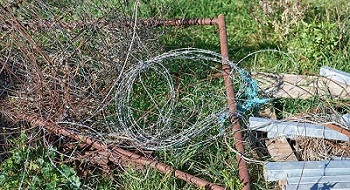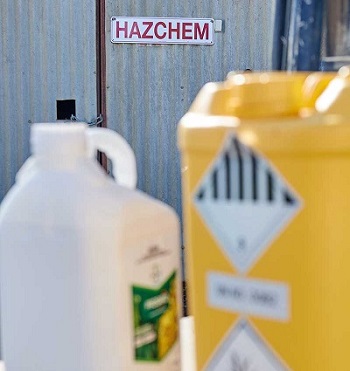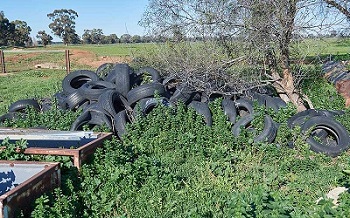Livestock contamination is a critical factor of food safety – one which can jeopardise your livestock health and sales.

Key points
- Contaminated livestock presents a food safety issue and can significantly impact the reputation of your business and livestock marketing options.
- A property risk assessment helps identify persistent chemical or physical risks and documents how these risks can be removed, reduced or managed to prevent livestock becoming a food safety risk.
- The easiest way to create and manage your property risk assessment is to create it online within your LPA account.
Livestock contamination is a critical situation that can cause a host of food safety issues along the supply chain. If your property or livestock are exposed to on-farm physical contaminants or chemicals, you may be subject to liability for costs incurred by processors and even refusal of sale. If contaminated meat enters the food supply chain, it can impact access to export markets and cause ongoing reputational damage for Australia's red meat industry.
Managing contamination risks on your property is a requirement of Livestock Production Assurance (LPA) accreditation. By using the corresponding property risk assessment materials, producers can minimise risk to their livestock and farm productivity.
Understanding persistent chemicals
Persistent chemicals are substances that stay in the environment and may become concentrated within humans and animals following prolonged exposure. They can have a serious adverse impact on health, the environment and trade.
Persistent chemicals break down slowly. Contaminated areas may need to be managed for decades, depending on the chemical involved, climate and soil type. Heavy metals including lead, arsenic and cadmium do not breakdown, although their levels may reduce over time as a result of dilution or leaching.

Persistent chemicals can include:
- organochlorine pesticides (OCs) – originally used for property-wide insect repellants
- polychlorinated biphenyls (PCBs) – commonly found in hydraulic equipment
- heavy metals (lead, arsenic and cadmium) – commonly found in batteries, old buildings and fertilisers.
Managing risks to livestock
By completing a property risk assessment, producers can identify any persistent high-risk chemicals and put a plan in place for reducing or preventing livestock exposure.
ISC recommends using the LPA property risk assessment factsheet and checklist to identify risks, creating a property map that identifies any risks and recording any risk mitigations such as preventing livestock access to contaminated areas on the LPA property risk assessment template.
Common risks identified include:
- land that previously grew OC-treated crops
- old buildings and structures treated for termites before July 1995
- old dip or spray races used before 1990
- rubbish dumps and discarded batteries
- lead painted machinery, equipment or buildings
- chemical storage, mixing or wash-down areas
- electrical transformers and hydraulic equipment
- mining tailings dams.

Understanding physical contaminants
Physical contaminants such as broken needles, wire or buckshot can remain in red meat products after processing and potentially enter the food supply chain. Managing the risk of physical contaminants can include permanently identifying any animals that may have been exposed, and ensuring buyers are aware of any risk that will still be present when livestock are sold and processed.
Any exposure to physical contaminants should be declared on your National Vender Declarations at time of movement or sale.
LPA Property Risk Assessments
Every LPA-accredited producer must minimise risks of physical contaminants and persistent chemical exposure by:
- conducting a detailed property risk assessment on their property
- identifying all risks on a property map
- removing, reducing livestock exposure to the risk or managing exposed livestock through identification and notification
- keeping their records up-to-date and easily accessible.

The easiest way to create and manage your property risk assessment is to create it online within your LPA account. You can also upload a copy of your property map and any relevant evidence, such as soil test results.
If livestock are found to be contaminated with unacceptable chemical residues or physical hazards, they are not fit for human consumption. As a result, you may not be paid for the livestock and face legal liability for the costs incurred by processors and the rest of the supply chain. In addition, a food safety issue for Australian red meat can impact your business, the consumer as well as the industry’s market access and reputation. As livestock producers, processors and professionals, we must ensure the safety of our product so we can stand by what we sell.
Find out more about LPA property risk assessments.
This article is courtesy of Integrity Systems



